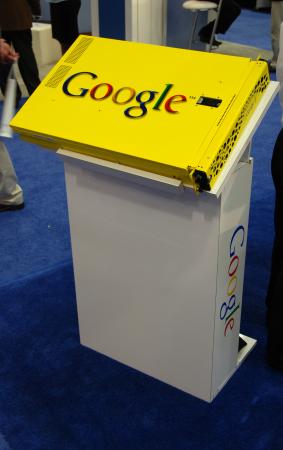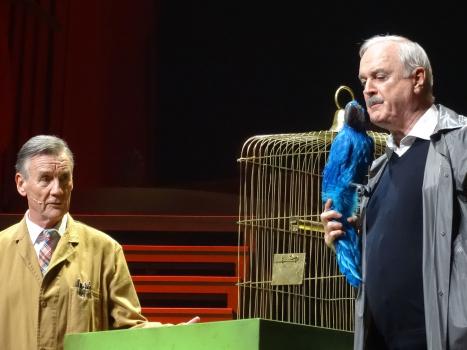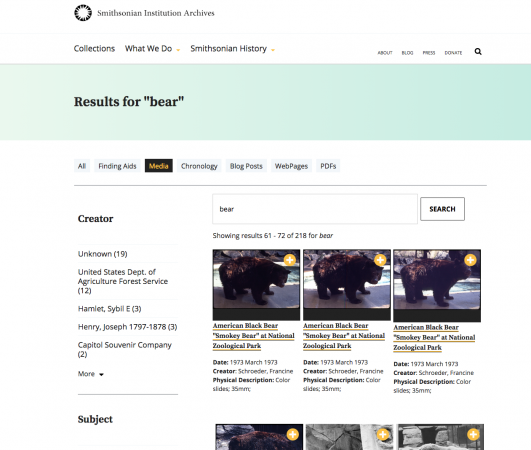In 2014, we introduced a new site search. This new search was powered by a rack-mounted server (a big, beefy computer designed to be installed in what is essentially a computer shelf with other big beefy computers) provided by Google that crawled our site. For five years the server has been diligently sending out its robots to index our site to provide you with the best possible results for your searches.

After five years, we must bid a fond farewell to the server.
What happened? Well, to paraphrase a quote from the immortal John Cleese, our old search server is no more. It has ceased to be. Bereft of life, it rests in peace. If it hadn’t been mounted in its rack it would be pushing up the daisies. It’s run down the curtain and joined the choir invisible. It is an Ex-Server.

Reworked lines from Monty Python about formerly extant parrots aside, the old search server had a shelf life. The server’s life span was scheduled to be five years, at the end of which it would cease crawling and ingesting new content. That five-year life span came to an end this month.
In addition, Google has also announced plans to phase out the Google Search Appliance in 2016, and discontinue it completely in 2019. No other Google Search Appliances will be created, leased, or supported in any way. So, not only were we losing our search server, but we wouldn’t be able to replace it with another one.
There are other systems out there that could come in and replace our dying one, but they would need to be able to deliver results in a format that the site expects and can handle. That’s where the Office of the Chief Information Officer comes in. They got to work creating a new system based on the open source search platform Solr. This new system was architected so that it would be able to communicate correctly with the front-end systems already in place on our and other unit’s websites.
So with a completely new system powering our website, will you see many changes? The quick answer is not really. Though there will be some slight differences in what the server gives back to you (they are different servers with different algorithms), the search itself should still function as it did before.

With this newly available, completely open source option, the system is fully customizable. This means that at some point in the hopefully not too distant future, we hope to be able to provide better filtering, improved relevancy, and refined results. We’re excited about what the future holds.
Related Resources
- "The Future is Here," by Andrew Whitesell, The Bigger Picture, Smithsonian Institution Archives
- "Some IIIF-y Collections," by Andrew Whitesell, The Bigger Picture, Smithsonian Institution Archives
- "Some Web Developer Career Advice," by Andrew Whitesell, The Bigger Picture, Smithsonian Institution Archives
Produced by the Smithsonian Institution Archives. For copyright questions, please see the Terms of Use.

Leave a Comment